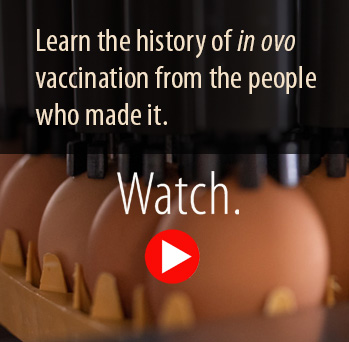Automation key to ensuring sanitation in ‘no antibiotics ever’ systems
Labor shortages in hatcheries mean that to ensure appropriate levels of sanitation in “no antibiotics ever” (NAE) production, wholesale automation is likely to be required, according to an industry expert.
Automation began in hatcheries around 30 years ago, when labor started to become an issue, said Scott Martin, an independent poultry consultant. The labor shortfall is even more acute today, especially when considering newer methods of production such as NAE.
“Right now, all the labor is used to process, to get through the daily activities, to get the baby chicks processed and to the customer…but to be antibiotic-free and to be able to go ‘no antibiotics ever,’ we have to do a much better job of cleaning our hatcheries. And in that, specifically equipment,” he told Poultry Health Today.
Machines still need to be clean
Though automation is needed “from the beginning of the hatchery where the egg comes in until the chick leaves,” he noted, investment in the technology required is still falling far short of where it needs to be, with only a few hatcheries fully automated.
Even with processes run by machines, the human element cannot be ignored, as producers look to ensure high standards on production sites.
“In the last few years, I’ve been starting to get into sanitation more and more. I see equipment being cleaned, but it’s not being cleaned properly. And if you can’t keep it clean properly, it’s not worth doing,” he continued.
Standards, training and monitoring key
Training staff to clean equipment effectively — as well as arming them with the right tools to do the job — is a crucial element in ensuring NAE producers are delivering a quality product and minimizing risks on site. But the machines themselves also need to be designed with end-users in mind, Martin suggested.
“The automation is going to have to become so user-friendly,” he said. “I don’t mean user-friendly in how it works ⸺ I’m talking about user-friendly in how we clean this equipment so that our product coming through is in a good situation all the time,” he said.
Operating at a high level of sanitation requires monitoring on a daily basis, he stressed, but initial benchmarking is also essential.
“A dirty egg will probably not make a good-quality chick, so we have to start with a good product. We have to put standards in place in our companies, and we have to adhere to these standards consistently. We can’t let the markets dictate what we do,” he added.
Posted on December 25, 2022











